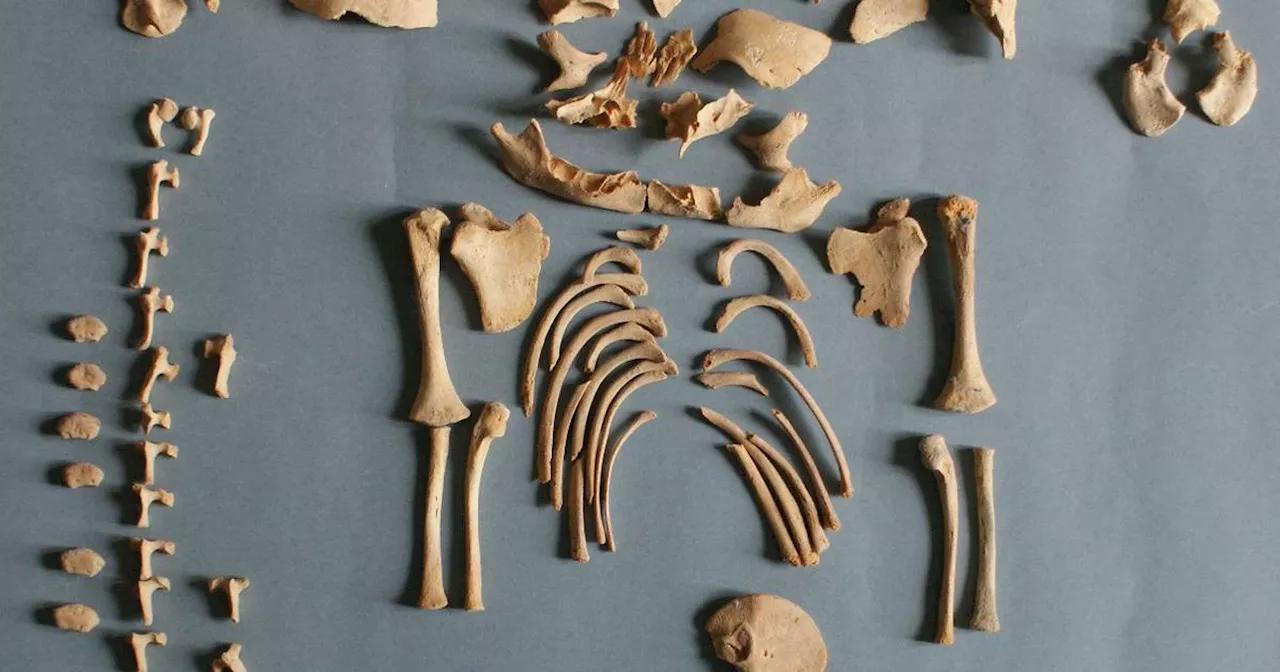The research may help scientists learn more about how prehistoric societies treated people with Down syndrome and other rare conditions.
Ancient remains of infants, such as this 2,500-year-old skeleton found in Spain, bear genetic hallmarks of Down syndrome. Photograph: Government of Navarre and J.L. LarrionScientists have diagnosed Down syndrome from DNA in the ancient bones of seven infants, one as old as 5,500 years. Their method,, is caused by an extra copy of chromosome 21. The extra chromosome makes extra proteins, which can cause a host of changes, including heart defects and learning disabilities.
Liam Cunningham: ‘I tell people I’m a migrant. It messes with them. You can see them getting a twitch’By contrast, it’s not tricky to identify Down syndrome genetically, at least in living people. In recent years, geneticists have been testing their methods on DNA preserved in ancient bones. It’s been challenging, however, because the scientists can’t simply count full chromosomes, which fall apart after death into fragments.
The idea came to Rohrlach when he talked with a scientist at the institute about its procedures for searching for ancient DNA. Because high-quality DNA sequencing is very expensive, it turned out, the researchers were screening bones with a cheap test, called shotgun sequencing, before picking out a few for further investigation.
He and his colleagues wrote a program that sorted fragments of the recovered DNA by chromosome. The program compared the DNA from each bone with the entire set of samples. It then pinpointed particular bones that had an unusual number of sequences coming from a particular chromosome. Rohrlach also followed up on Cassidy’s 2020 study. He used his program to analyse the shotgun sequencing for the Irish skeleton and found that it also bore an extra chromosome 21, confirming her initial diagnosis.
